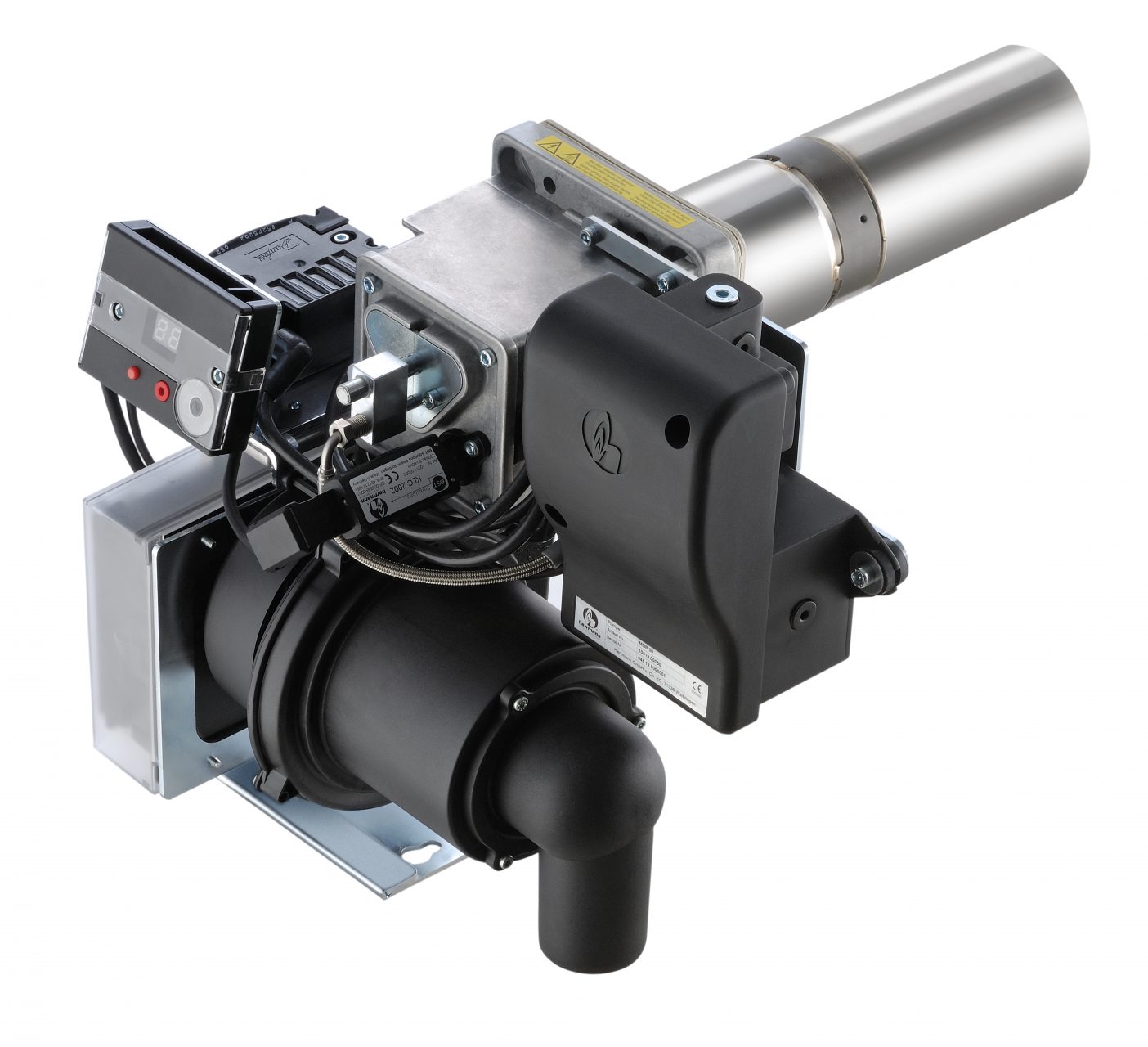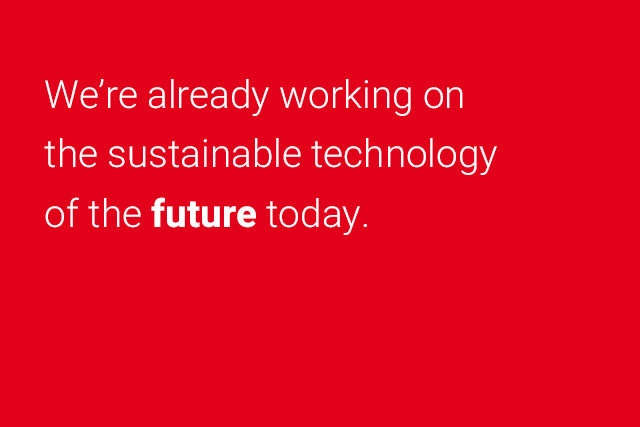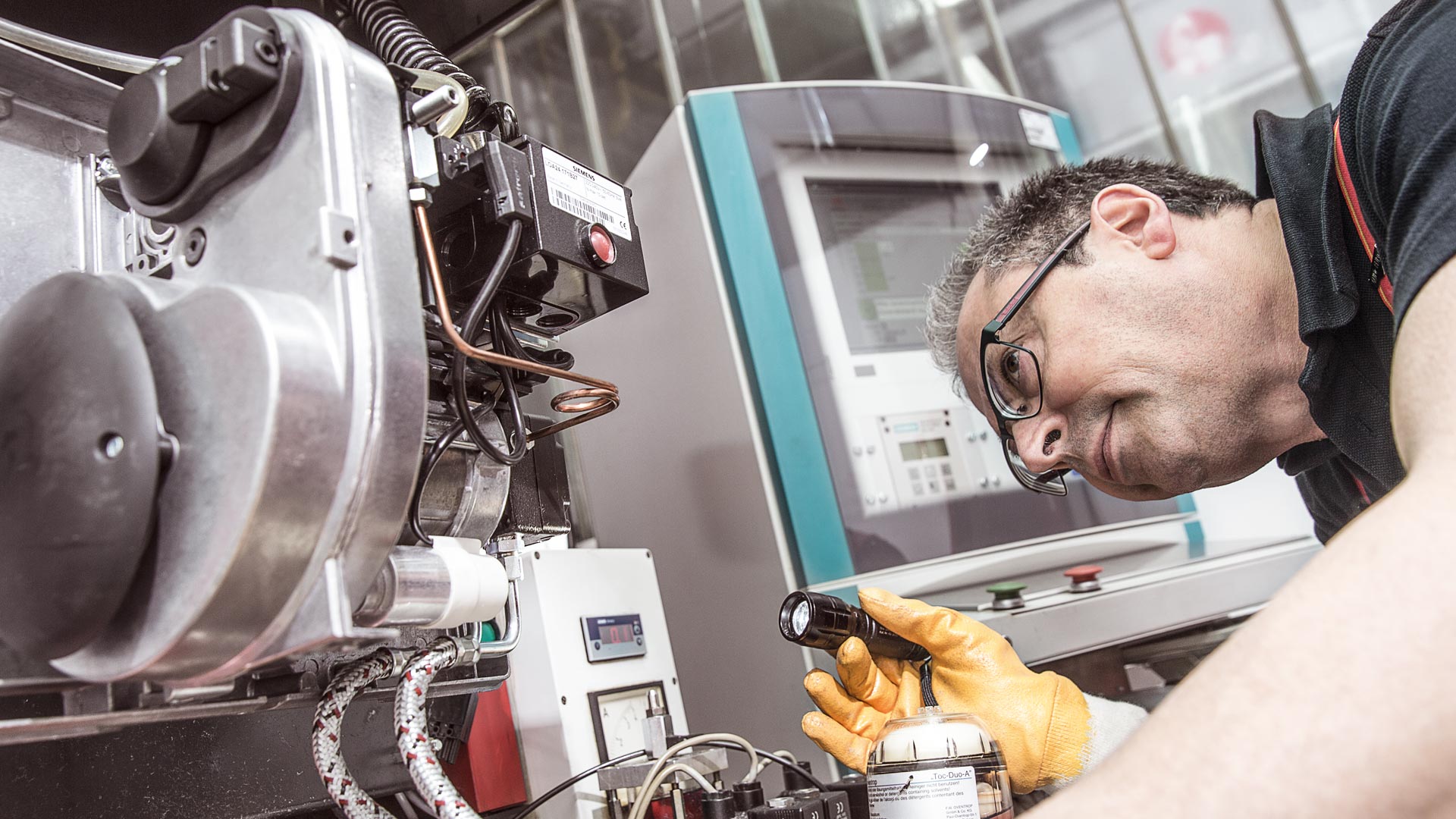Research and Innovation
Our research
ensuresyour long-term competitiveness.
Burners convert the chemical energy locked inside fuel into heat. This is the essence of every fuel-based heating system. To best equip you to meet your future needs, we’ve been doing research and development in diverse fields over the course of many years. You, too, can use our know-how to your competitive advantage.
Quality and Faultless Operation
We are capable of simulating extreme operating conditions in our laboratory. The knowledge we obtain during this testing process flows directly into our products. As a result, our burners are well-engineered, reliable and durable.
Energy Efficiency
Our modern mixture preparation systems are designed for fuel combustion at low excess air levels. This ensures the heating equipment is highly efficient.
Reducing Emissions
To reduce emissions, we are increasingly integrating blue flame burner mixing equipment into our burners. These systems prevent the formation of soot, vaporising the fuel spray that emanates from the nozzle by mixing in hot flue gases before the flame is reached. Recirculating the flue gases also significantly decreases the formation of NOx gases.
Use of Renewable Energies/Biofuels
Together with our partners, we’ve been involved in numerous field tests assessing the usability of regenerative biofuels for many years. After evaluating the test results, we’ve approved numerous regenerative biofuels for our products.
Burner Starting Behaviour
Our burners are equipped with specially-developed blowers featuring extremely high pressure resistance. This makes our burners best suited for fireboxes with high counter pressures.
Mixture Preparation Process for the Smallest Fireboxes
The equipment industry has often built fireboxes smaller than the DIN EN 267 specifications regarding minimum dimensions for heating chambers. This results in an increased thermal load for the mixing equipment and injection system. Unfavourable flow patterns also make it more difficult to stabilise the flame. Consequently, such units require special attention with regard to material selection, the cooling of critical components and the effect of the mixing equipment on the flame’s combustion behaviour.
Energy-Saving by EC Motors
To power our combustion air blowers, we use especially energy-efficient EC motors in our two-stage and modular burners. The same applies to the powering of geared pumps in our modulating burners.



